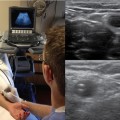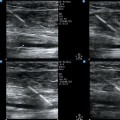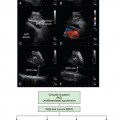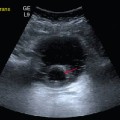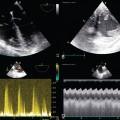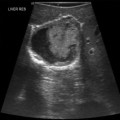61 Roughly 6000 intensivists (at the attending level) in the United States need training in CCE. These frontline clinicians work on a full-time basis in the ICU and have the potential to use CCE as a primary bedside imaging modality. Some of these intensivists are faculty at fellowship programs and have the responsibility of training fellows in CCE. In the United States in 2011, 170 fellowship training programs under the specialty of internal medicine offered training in critical care medicine. These programs graduated 545 fellows with an additional 89 from anesthesiology-based critical care programs. CCE is an essential part of their training. For the individual fellow or attending intensivist, the question is how to become competent in CCE. At the system level, the challenge is how to provide training in CCE to many thousands of intensivists at both the fellow and attending levels.1–3 Europe has 49 self-governing countries, 27 of which are member states of the European Union. The health care systems in each of these countries are different, as is the status of critical care itself, thus providing considerable challenges when considering the development of unified training programs. Accreditation in echocardiography at a European level is run by the European Association of Cardiovascular Imaging (formerly known as the European Association of Echocardiography) under the auspices of the European Society of Cardiology. Certification in intensive care medicine is provided at a national level. The European Society of Intensive Care Medicine, which aims to promote and coordinate activities, foster research and education, and provide recommendations for optimizing facilities in intensive care medicine, runs a diploma service in intensive care medicine but is not responsible for certification or accreditation. As in North America, for the individual intensivist in training the challenge is how to become competent in CCE. With the different systems that exist in Europe, the challenge of providing training has devolved to the individual nations. The role of regulatory bodies and relevant international societies is rather to provide guidance regarding the key skills and level of competence required in CCE for nations to be able to devise the most appropriate training program given the way that intensive care is structured in their own country. The goal of training both for the individual and for the training system is competence; hence the latter must be explicitly defined. At an international level this was undertaken as a cooperative venture when a working group consisting of representatives from France and the United States coauthored a statement that defined competence in critical care ultrasonography.4 The document “American College of Chest Physicians/La Société de Réanimation de Langue Françoise Statement on Competence in Critical Care Ultrasonography” reviews the elements that define competence in CCE. At this point the statement on competence is commonly accepted as a guide that defines the goals of training for CCE. The statement on competence clearly defines competence in CCE and is designed to be a “road map” for training. Following its writing, representatives from major critical care organizations from around the world met in Vienna in 2009 to develop guidelines for training in critical care ultrasonography. The resulting document titled “International Expert Statement on Training Standards for Critical Care Ultrasonography” represents the consensus of the working group. It addresses the question of how to become competent in both basic and advanced CCE.5
Training in critical care echocardiography: Both sides of the atlantic
The North American Challenge
The European Challenge
International statements: Competence and training
![]()
Stay updated, free articles. Join our Telegram channel

Full access? Get Clinical Tree


Radiology Key
Fastest Radiology Insight Engine

